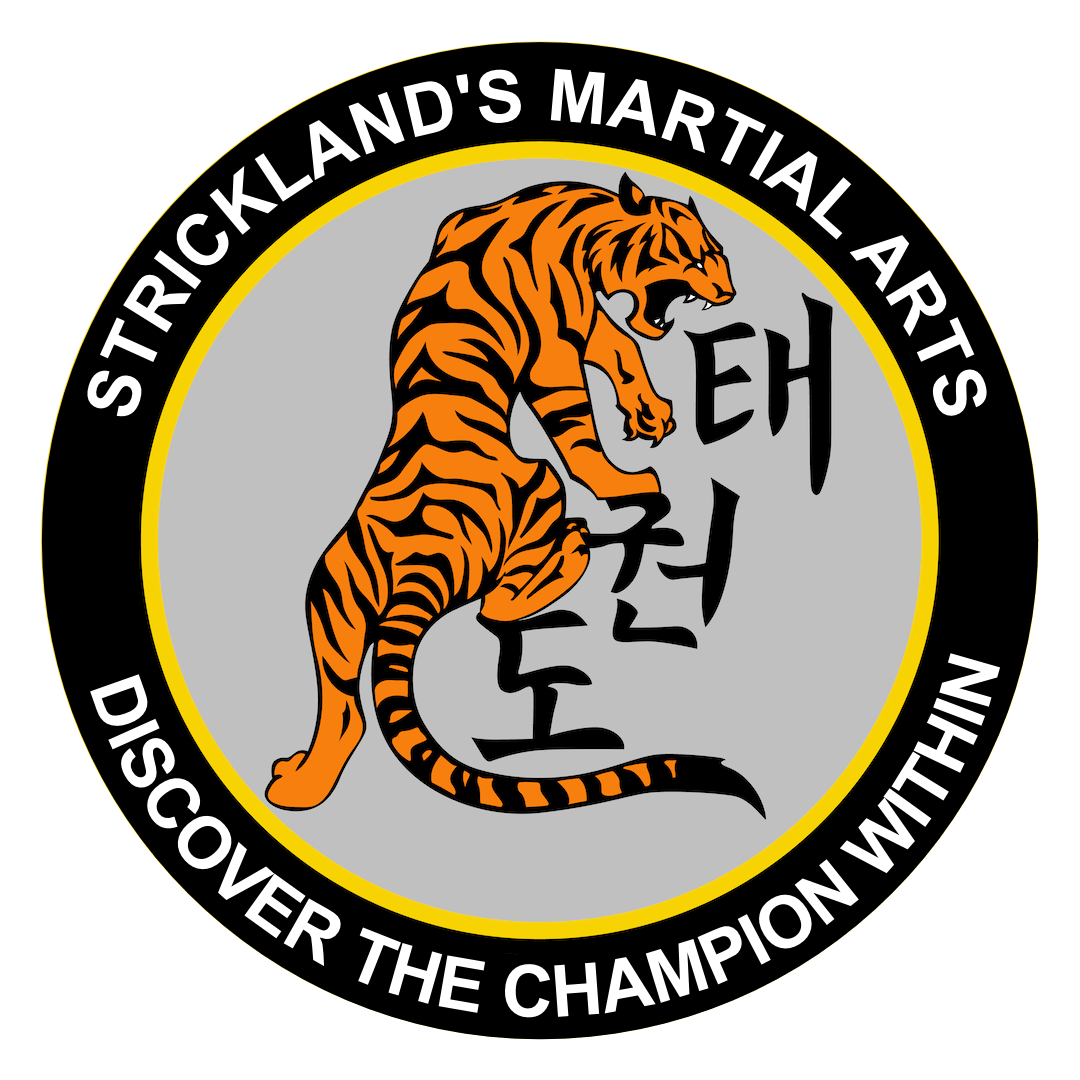Yielding-art
Jujutsu also known as jiu-jitsu and ju-jitsu, is a family of Japanese Martial Arts and a system of close combat (unarmed or with a minor weapon) that can be used in a defensive or offensive manner to subdue one or more weaponless or armed opponents. This form of martial arts uses few or no weapons at all and includes throws, holds, locks, and paralyzing attacks against the enemy. It was designed to supplement the swordsmanship of a warrior during combat. Ju can be translated as "gentle, soft, supple, or yielding", and "jutsu" can be translated as "art or technique". "Jujutsu" thus has the meaning of "yielding-art", as its core philosophy is to manipulate an opponents force against him rather than confronting it with one's own force.
The term jujutsu was not coined until the 17th century where it was developed by the warrior class in Japan. After which time it became a blanket term for a wide variety of grappling-related disciplines and techniques. Prior to that time, these skills had names such as "short sword grappling. In battle, it was often impossible for a samurai to use his long sword or spear, and would, therefore, be forced to rely on his short sword, dagger, or bare hands. When fully armored, the effective use of such "minor" weapons necessitated the employment of grappling skills. Jujutsu developed in feudal Japan as a method for defeating an armed and armored opponent in which one uses no weapon, or only a short weapon. Because striking against an armored opponent proved ineffective, practitioners learned that the most efficient methods for neutralizing an enemy took the form of joint locks and throws. These techniques were developed around the principle of using an attacker's energy against him, rather than directly opposing it.
Some define jujutsu and similar arts rather narrowly as "unarmed" close combat systems used to defeat or control an enemy who is similarly unarmed. Basic methods of attack include hitting or striking, thrusting or punching, kicking, throwing, pinning or immobilizing, strangling, and joint locking. In jujutsu, practitioners train in the use of many potentially fatal or crippling moves, such as joint-locking throws. However, because students mostly train in a safe non-combative environment, there is little risk. Students are taught break fall skills to allow them to safely practice otherwise dangerous throws or take downs.
Around the year 1600 there were over 2000 jujutsu styles. After the introduction of jujutsu to the West, many of the more traditional styles underwent a process of adaptation at the hands of Western practitioners, molding the arts of jujutsu to suit western culture in its myriad varieties. The word Jujutsu is usually pronounced as if it is spelled jujitsu in the United States and many other countries. Today there are many distinctly westernized styles of jujutsu, that stick to their Japanese roots to varying degrees as well as many modern forms of jujutsu, the original and most popular being judo, now an Olympic sport, as well as Akido, Sambo, and Brazilian jujitsu, another sport.
